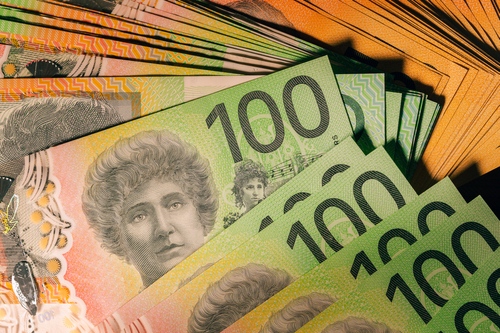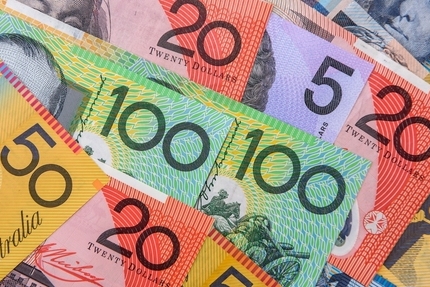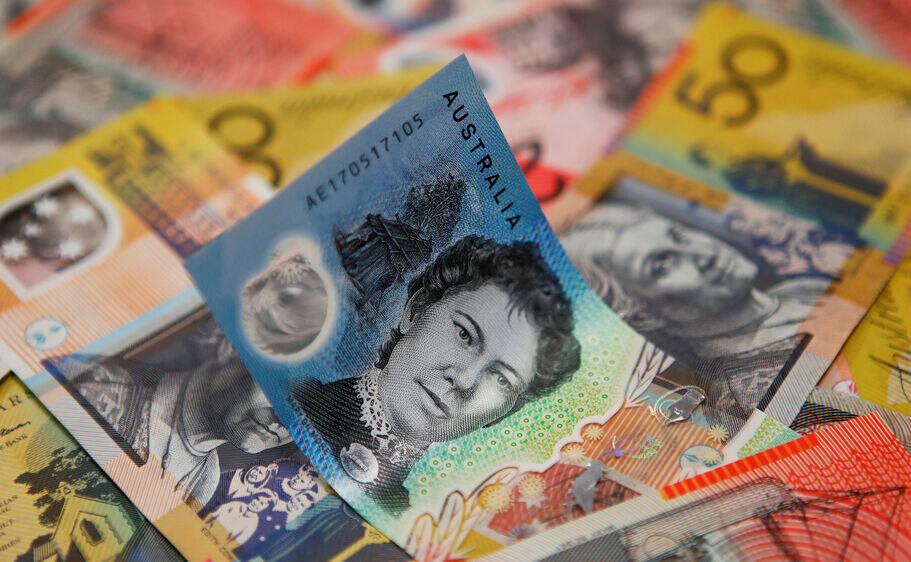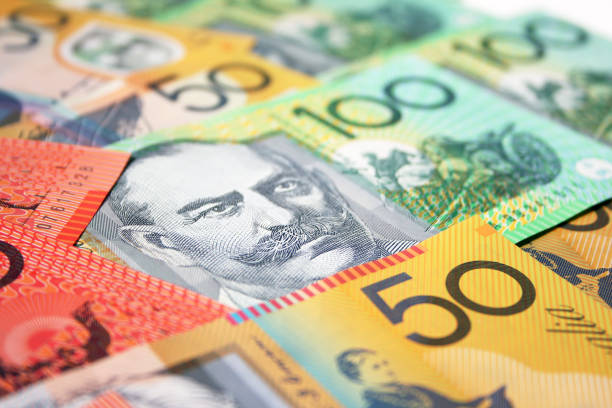AUD/JPY inches lower to near 100, upside potential remains supported by hawkish RBA

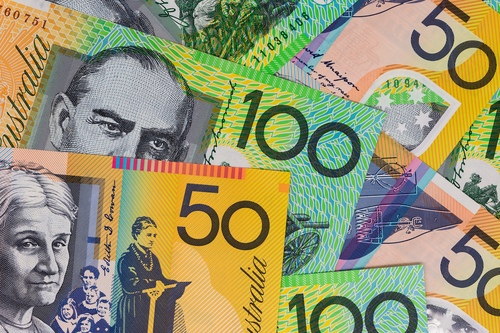
- AUD/JPY may regain its ground as the RBA is widely expected to maintain a hawkish policy outlook.
- China’s Caixin Manufacturing PMI increased to 50.3 in October, from September’s 49.3.
- The au Jibun Bank Japan Manufacturing PMI declined to 49.2 in October, from 49.7 in September.
The AUD/JPY pair remains subdued for the second day, hovering around 100.00 during the European session after the release of mixed Q3 Producer Price Index (PPI) data on Friday. Despite this, expectations for a hawkish approach from the Reserve Bank of Australia (RBA) could have supported the Australian Dollar, helping limit losses in the AUD/JPY cross.
Australia’s Producer Price Index rose 0.9% quarter-on-quarter in Q3, following a 1.0% increase in the previous period and surpassing forecasts of a 0.7% rise, marking the 17th consecutive period of producer inflation. On an annual basis, PPI growth slowed to 3.9% in Q3, down from a 4.8% increase in the prior quarter.
China's Caixin Manufacturing Purchasing Managers Index (PMI) rose to 50.3 in October, up from 49.3 in September, exceeding market expectations of 49.7. Given China's role as a major trading partner for Australia, economic shifts in China could have a substantial impact on Australian markets.
In Japan, the headline au Jibun Bank Japan Manufacturing PMI stood at 49.2 in October, indicating a decline from 49.7 in September. This composite single-figure indicator shows that Japanese manufacturing production continued to decline at the beginning of the fourth quarter of 2024, with both output and new order inflows decreasing at more pronounced rates.
On Thursday, the Japanese Yen (JPY) strengthened following comments from Bank of Japan (BoJ) Governor Kazuo Ueda, which were interpreted as raising the likelihood of a rate hike in December. The central bank intends to continue adjusting policy rates as long as economic conditions and inflation align with its forecasts. The BoJ's policy remains focused on sustainably and stably achieving its 2% inflation target.
Japan's Chief Cabinet Secretary Yoshimasa Hayashi stated on Friday that he expects the Bank of Japan to work closely with the government to implement effective monetary policy, targeting stable and sustainable achievement of its price goals.
Inflation FAQs
What is inflation?
Inflation measures the rise in the price of a representative basket of goods and services. Headline inflation is usually expressed as a percentage change on a month-on-month (MoM) and year-on-year (YoY) basis. Core inflation excludes more volatile elements such as food and fuel which can fluctuate because of geopolitical and seasonal factors. Core inflation is the figure economists focus on and is the level targeted by central banks, which are mandated to keep inflation at a manageable level, usually around 2%.
What is the Consumer Price Index (CPI)?
The Consumer Price Index (CPI) measures the change in prices of a basket of goods and services over a period of time. It is usually expressed as a percentage change on a month-on-month (MoM) and year-on-year (YoY) basis. Core CPI is the figure targeted by central banks as it excludes volatile food and fuel inputs. When Core CPI rises above 2% it usually results in higher interest rates and vice versa when it falls below 2%. Since higher interest rates are positive for a currency, higher inflation usually results in a stronger currency. The opposite is true when inflation falls.
What is the impact of inflation on foreign exchange?
Although it may seem counter-intuitive, high inflation in a country pushes up the value of its currency and vice versa for lower inflation. This is because the central bank will normally raise interest rates to combat the higher inflation, which attract more global capital inflows from investors looking for a lucrative place to park their money.
How does inflation influence the price of Gold?
Formerly, Gold was the asset investors turned to in times of high inflation because it preserved its value, and whilst investors will often still buy Gold for its safe-haven properties in times of extreme market turmoil, this is not the case most of the time. This is because when inflation is high, central banks will put up interest rates to combat it. Higher interest rates are negative for Gold because they increase the opportunity-cost of holding Gold vis-a-vis an interest-bearing asset or placing the money in a cash deposit account. On the flipside, lower inflation tends to be positive for Gold as it brings interest rates down, making the bright metal a more viable investment alternative.

